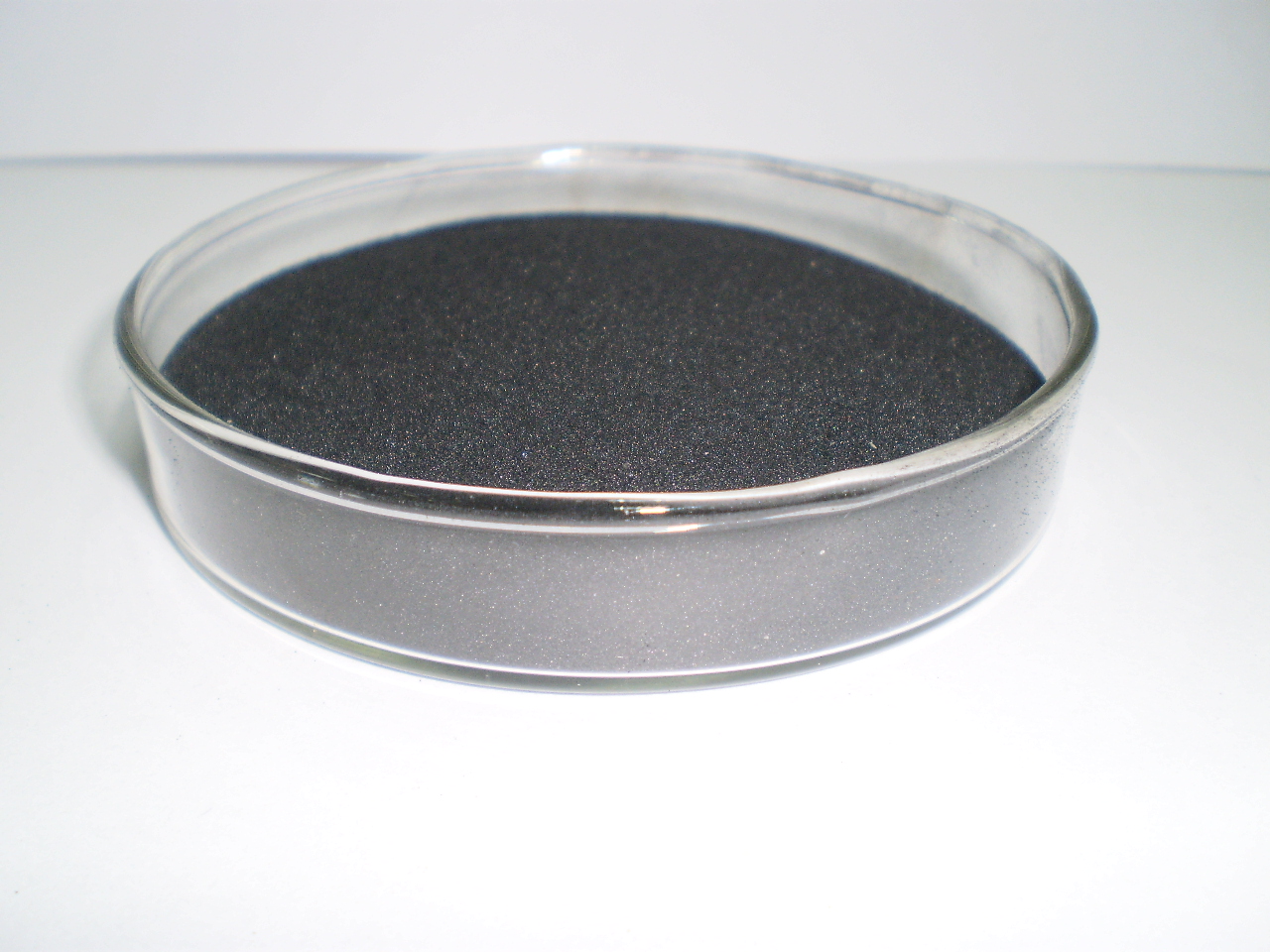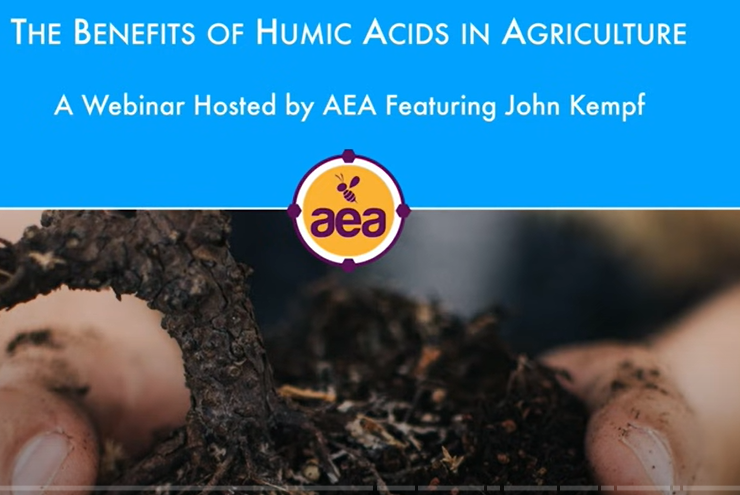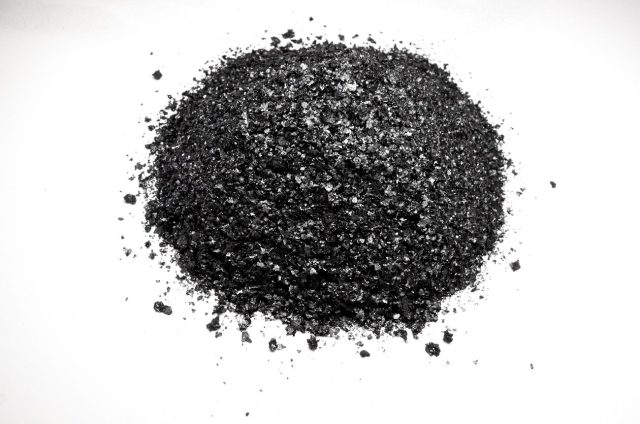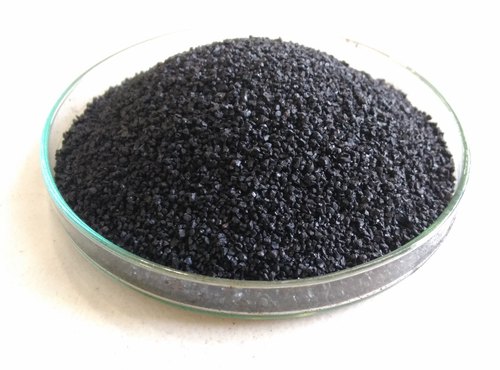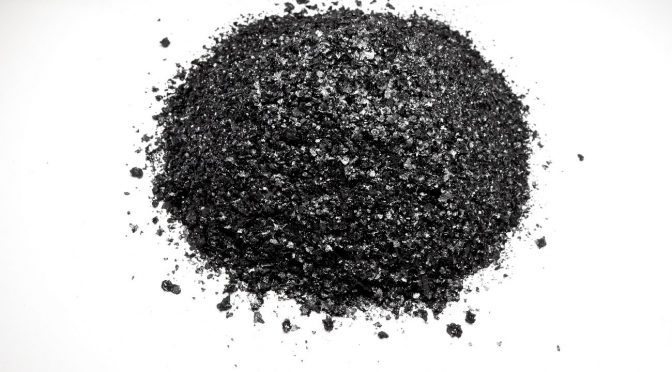Potassium humate help plants growth with high biological activity.
It is been proved by practice the biochemical potassium humate core contains unidentified unknown growth factors with high biological activity. Strictly speaking, biochemical potassium humate does not contain hormonal substances, but it shows similar effects with chemically synthesized auxins, cytokinins, abscisic acid and other plant hormones, and the growth and development of plants. It plays a comprehensive adjustment function (diluted 1500-2000 times with this product, can be verified by leaf application, root irrigation and hydroponics).
Therefore, many manufacturers of foliar fertilizer and fertilizer application use this product to replace or partially replace synthetic hormones such as gibberellin, sodium nitrophenolate and paclobutrazol.
Strong complexing ability, improve the absorption and operation of plant trace elements.
Trace elements have an important impact on crop growth and the solubility of various enzymes in the body, as well as the ability to resist disease and disease, and increase yield and quality. However, the trace elements in the plant ve poor mobility, and the re-use ability is extremely low, and it is easily dissolved by the soil to lose activity. . In particular, it is highly susceptible to chemical interaction with available phosphorus in the soil, resulting in loss of activity between each other, resulting in both losses.
Biochemical potassium humate‘s high content of active groups such as total amino acid, carboxyl group and hydroxyl group, and s oxygen-containing functional groups. There are many organic hydrazine sites and complex sites in the structure.
These coordination groups can complex or chelate with many insoluble trace elements such as calcium, magnesium, sulfur, iron, manganese, molybdenum, copper, zinc, boron, etc., and at the same time The complexation reaction of phosphorus forms a biochemical fulvic acid molecule as a mediator, and at the same time coordinates and promotes the absorption and movement of trace elements and phosphorus in the roots or leaves of plants, which not only avoids the direct contact of trace elements with phosphorus. As a result, they are deactivated and inactivated, and they play a positive balancing role, thereby improving the utilization rate of the two.
Anti-flocculation, with buffer, good solubility, strong interaction with metal ions.
The flocculation limit value of this product is >32meq/g, its deflocculation ability is significantly higher similar products. It is soluble in any acid-alkaline water of PH1-14, flocculates in high-calcium-magnesium rd-water saturated brine, and does not precipitate. Good stability and strong anti-electrolyte ability. Potassium humate relies on the buffer pair composed of various groups, which can effectively resist acid and alkali. The pH value has no obvious change, and the buffer capacity is large. At the same time, the produc s good water solubility, and is exchanged with metal ions, and the complexing ability is strong. These unique properties constitute the advantages of this product in agricultural application and fertilizer production.
potassium humate creates conditions for the compatibility of medicine and fertilizer, compounding of medicine and fertilizer, and mixing of medicines. It is also the cross development of the medicine and fertilizer industry. Governing and treating, the single practice of raising and cultivating embarked on a new idea of the development of the pharmaceutical industry, which combines the functions of governance and cultivation.
Potassium Humate is mainly used as a pesticide synergist to improve the control effect, to enhance the plant’s own growth and disease resistance, as well as changes in the permeability of plant cell membranes and slow release and synergistic effects of pesticides to show plant pests and diseases. The function of prevention and control is not a substitute for pesticides, so potassium humate is usually compounded with carbendazim, thiophanate-methyl, ketone, bacteriostatic, copper, anti-virus, ethephon, sweetener and other drugs. Use to cure wheat scab, fruit yellow leaf disease, apple rot, round rot, deciduous disease, cucumber downy mildew, sweet potato black spot, peanut leaf spot, cotton blight, etc.
There are three mechanisms to prevent plant diseases: First, it enhances oxidase activity and other metabolic activities in plant strains. The second is to promote the growth of plant roots and improve root activity, which is conducive to the absorption of water and nutrients by plants, as well as the increase of chlorophyll content and photosynthesis, so as to improve the plant’s resistance to stress. Third, it is used in combination with pesticides, which can inhibit the spore germination and colony expansion of pathogenic bacteria, and is beneficial to the sustained release and synergy of pesticides.

